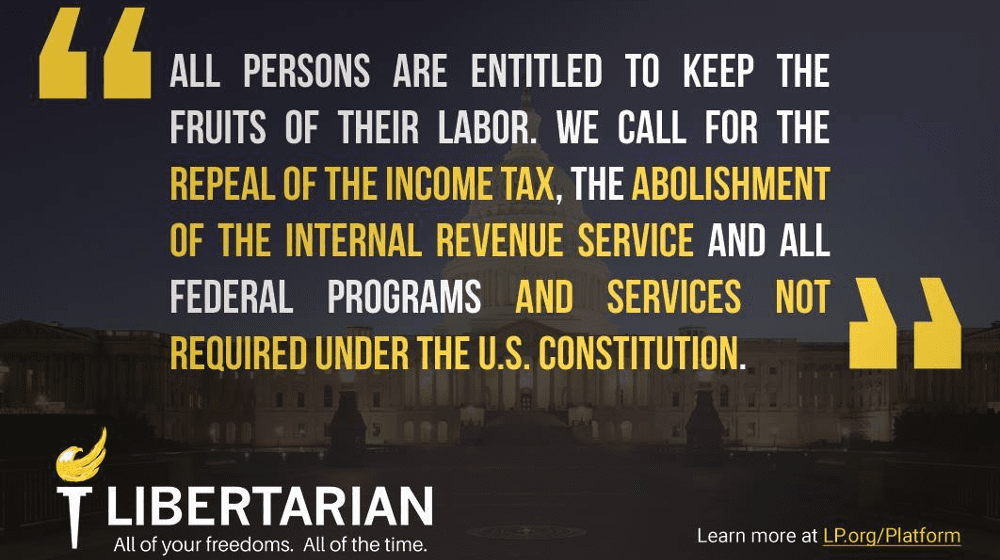Our public “servants” in Congress have collaborated with President Donald Trump on an 11th-hour omnibus appropriations bill totaling a massive 2,232 pages in order to fund government for the rest of this fiscal year. The goodies for Republicans include an extra $80 billion for defense. The goodies for Democrats include an extra $63 billion for domestic spending. The problem is that these spending increases, coupled with last year’s tax cut and already existing deficits, mean that the federal government is on schedule to rack up trillion-dollar deficits for the foreseeable future, according to an analysis by the nonpartisan Committee for a Responsible Federal Budget.
“Let’s do the arithmetic,” said Libertarian National Committee Chair and Phoenix mayoral candidate Nicholas Sarwark. “A trillion-dollar annual deficit means that the budget shortfall has to be borrowed from willing lenders. That comes to $3,070 that will be borrowed for every man, woman, and child in the country. Every year. Forever. Congress has a tendency to continually increase spending, so the annual deficit will probably keep getting worse, not better.”
The federal government has been so reckless with borrowing and spending that it may become increasingly difficult to find people who are willing to finance U.S. debt.
“Today’s 10-year Treasury bill yields 2.83 percent,” Sarwark said. “Most pension funds have a goal of making an 8 percent annual return, so they probably won’t buy much U.S. debt. China already owns 8 percent of the national debt. Now that the Donald Trump administration is engaging in a trade war that targets China, it’s probably safe to assume that the Chinese will lend us less than before — and that goes for our other targeted trading partners.”
The lender of last resort is the Federal Reserve, but the Fed doesn’t actually have any money to lend. It can, however, create new money at will.
“It’s as though Congress has given the Fed a monopoly on counterfeiting,” Sarwark said. “If history is any guide, the Fed will happily create as much new money as they want and lend it to the federal government. That’s how the deficit will cause inflation.”
The gross domestic product of the United States is just under $20 trillion. Creating $1 trillion of new money is about as much as 5 percent of the country’s economic activity. A 5 percent money growth rate of 5 percent minus the economy’s growth rate of 2.3 percent results in a 2.7 percent inflation rate, all other things being equal.
“Effectively, inflation is a tax — a very regressive tax,” Sarwark said. “It will hurt low-income families much more than it hurts high-income families. Every year. Forever. Unless we come to our senses and demand spending cuts.”

